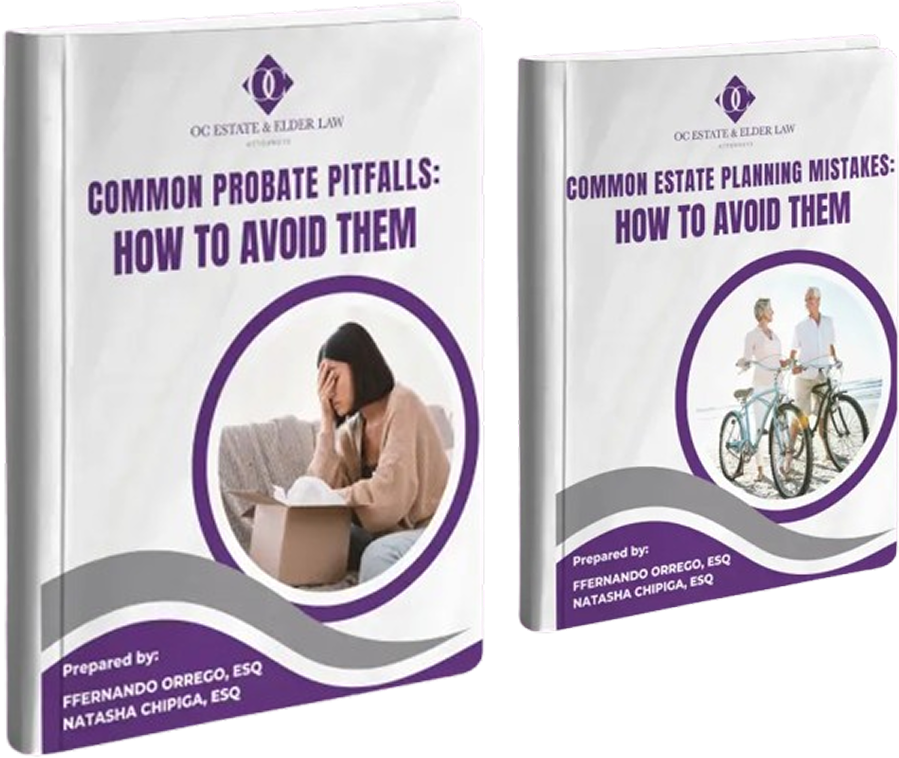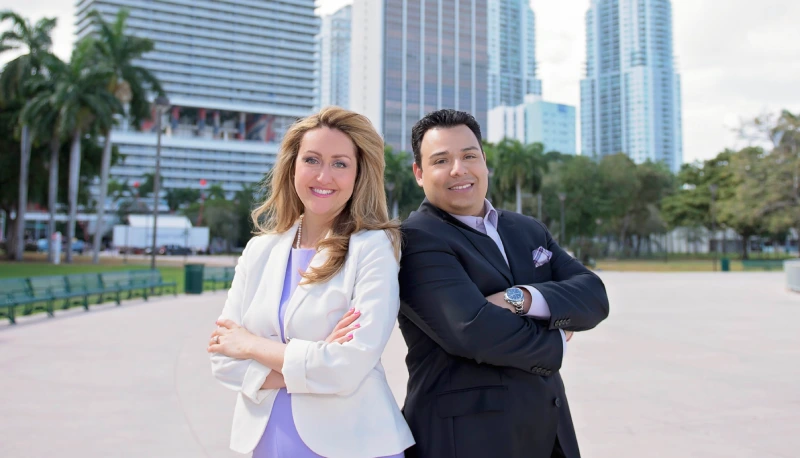Older Americans looking to spend their golden years in a picturesque retirement community should take a moment before handing over their life savings.
Continuing care retirement communities give retirees the chance to live in one location, going from independent living to assisted living and eventually skilled nursing care.
The facilities are often convenient and luxurious, but some older people may overlook financial issues.
Retirees typically dish out over $150,000 as an initial deposit; and sign on for additional monthly payments that increase over time.
Here’s what you should consider before you decide to live in a retirement community:
Comforts
Pinpointing the retirement community you’re interested in will begin with a question of standard of living: after all you’re choosing to spend the rest of your life there.
“High-demand amenities include fitness centers on site dining venues, including cafes and bistros”, said Gregory Zebolsky, principal and consulting actuary at Milliman.
Although the independent living facilities are the main attraction, you should also check out their assisted living and nursing care departments before settling on a retirement community.
“Walk through the memory care and nursing care areas and talk to people: Look at the staffing,” Zebolsky said. “Are people getting help from the staff? Are the residents happy and cared for?”
Crunch the Numbers
If the independent living quarters are scarcely occupied, that may foreshadow financial troubles.
Get into the details and work with your accountant: important financial reports to obtain from your retirement community include audited financial statements, data on monthly service fee increases, financial ratios and reserves, according to the California Advocates for Nursing Home Reform.
Also, when continuing care centers do run into financial troubles, there is no guarantee that a resident will get a refund.
In that case, another provider may buy out a struggling facility, potentially leading to a change in services and fees, said Brad Breeding, a certified financial planner and founder of myLifeSite, a retirement community research site.
Ask questions
Don’t be overly impressed by fancy brochures and glamorous surroundings. Ask these questions as you visit different facilities.
How much of my initial fee is refundable? Some agreements will give a 90 percent refund of your upfront fee if you change facilities or if you pass away within a certain time frame.
Can we see your financial statements? Highlights include the long-term debt to total assets ratio, the debt service coverage ratio and liquidity.
What’s included with my monthly fee and what’s additional? Along with an upfront fee, residents will pay a certain amount each month that will vary based on their contracts.
Know your State’s Rules
Retirement communities are regulated by the states in which they are located. The degree to which those regulators will scrutinize these communities will differ.
For example, some states require that these communities have their resident contracts approved by regulators and that their policies must address how monthly fees are assessed, according to a 2010 report from the Government Accountability Office.
Future residents should reach out to the agency that oversees retirement communities within that jurisdiction.
Optimize Retirement
Make the most of your golden years with effective estate planning and asset protection. Contact OC Estate & Elder Law at (954) 251-0332 or info@ocestatelawyers.com to learn how estate planning and asset protection can help you maximize your life savings.
















